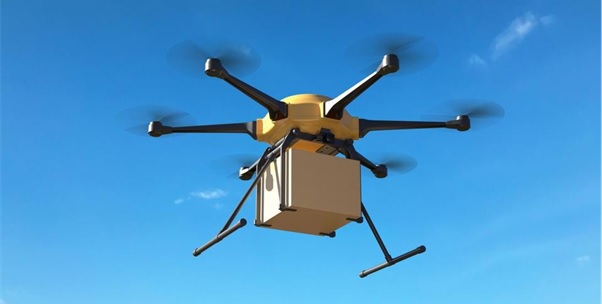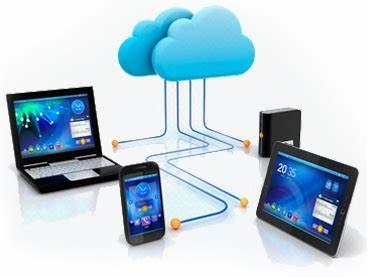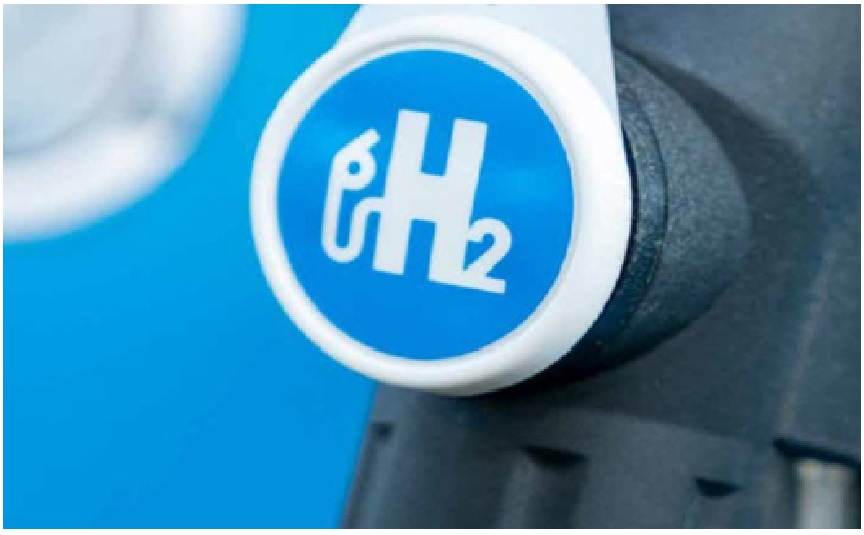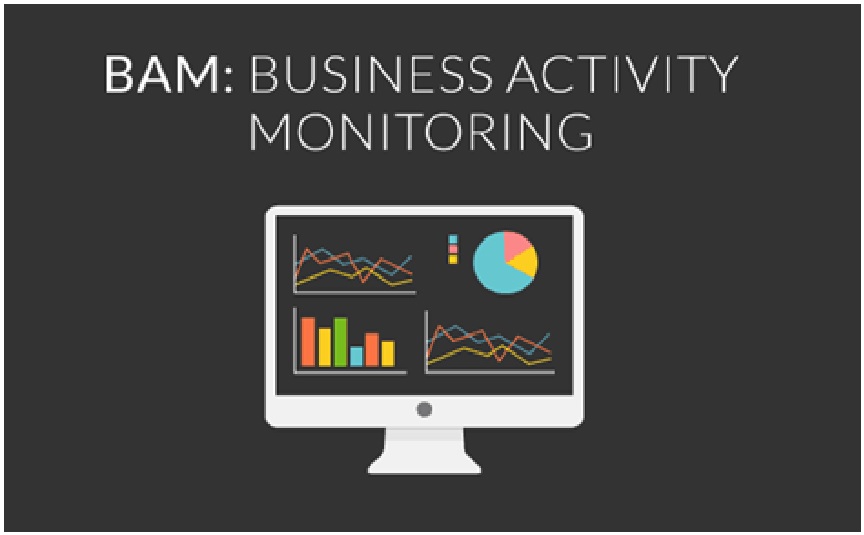The Drones for Delivery
Delivery drones are unmanned aerial vehicles (UAVs) that can deliver lightweight packages. Drones generally use 4-8 propellers and rechargeable batteries to provide thrust and attach packages underneath the body of the drone. Delivery drones are operated autonomously or remotely, with operators potentially overseeing multiple drones at once.
In several places around the world, drones are being used for time-sensitive deliveries, such as medicine, and for deliveries that would be difficult to make using traditional vehicles. Delivery drones have the potential to change last mile delivery economics for smaller and lighter packages by replacing many deliveries currently made by traditional delivery vehicles. The delivery drones as shown in figure 1.
The introduction of delivery drones has stimulated discussion of what the technology can accomplish in terms of reduced vehicle travel. We have outlined some potential benefits below:
Reduced roadway congestion due to less vehicle miles traveled (VMT) by delivery vehicles
Improved safety due to fewer at-grade rail crossings associated with less heavy traffic and fewer conflicts between delivery vehicles and other travel modes
Reduced greenhouse gas emissions, as smaller and lighter packages are transported via drones rather than traditional delivery trucks

Figure 1: The Delivery Drones
Greater route flexibility compared to traditional delivery vehicles, thus enabling drivers to avoid delivery stops at highly congested locations
Reduced roadway and bridge maintenance costs due to less use by delivery vehicles
As this technology expands, we expect businesses to be able to deliver goods more safely, more efficiently, faster, and at a lower cost than conventional road transportation. [2] Right now, last-mile delivery accounts for over 50% of the total cost to ship a good. In the next decade, the number of last-mile delivery vehicles on our roads is set to grow by 36%, increasing emissions by 30% and adding 11 minutes to the average commute, according to the World Economic Forum.
By leveraging the underutilized space above us, drone delivery can lessen our reliance on the ground beneath us, cutting costs and emissions, reducing congestion, and making our roads safer.
Wing’s drones are custom-designed to deliver packages safely, reliably and very quickly. Once a customer submits an order, our drone picks up the package at our delivery facility. The drone then climbs to a cruise height on average of about 45 metres above ground, flying to the designated delivery destination typically in several minutes.
Once at the customer destination, the drone slows down, hovers, descends to a delivery height approximately seven metres above the ground, and then lowers the tether and automatically releases the package in the desired delivery area. There is no need to unclip or assist with the delivery of the package. Needless to say, the whole process is fully Covid-19 friendly, allowing customers, notably the most vulnerable ones, to shop safely from their homes.
To enable us to offer our services, civil aviation authorities (CAA’s) in the US, Australia and Finland have all rigorously reviewed the safety of Wing’s aircraft, personnel and operations to ensure operations meet the highest level of safety.
Lightweight delivery drones are among the safest ways to transport goods; they are safer for the community than having goods delivered by truck or car or driving yourself to pick up an item from the store. According to the Queensland Government’s report in Australia, if drone deliveries replaced only 0.7% of motor vehicle journeys, this could result in 1100 fewer accidents on Queensland roads for instance.
References:
- https://www.fehrandpeers.com/drone-delivery/
- https://packagingeurope.com/how-drones-are-reshaping-home-delivery/
Cite this article:
Vinotha D (2021), The Drones for Delivery, AnaTechMaz, pp. 19















